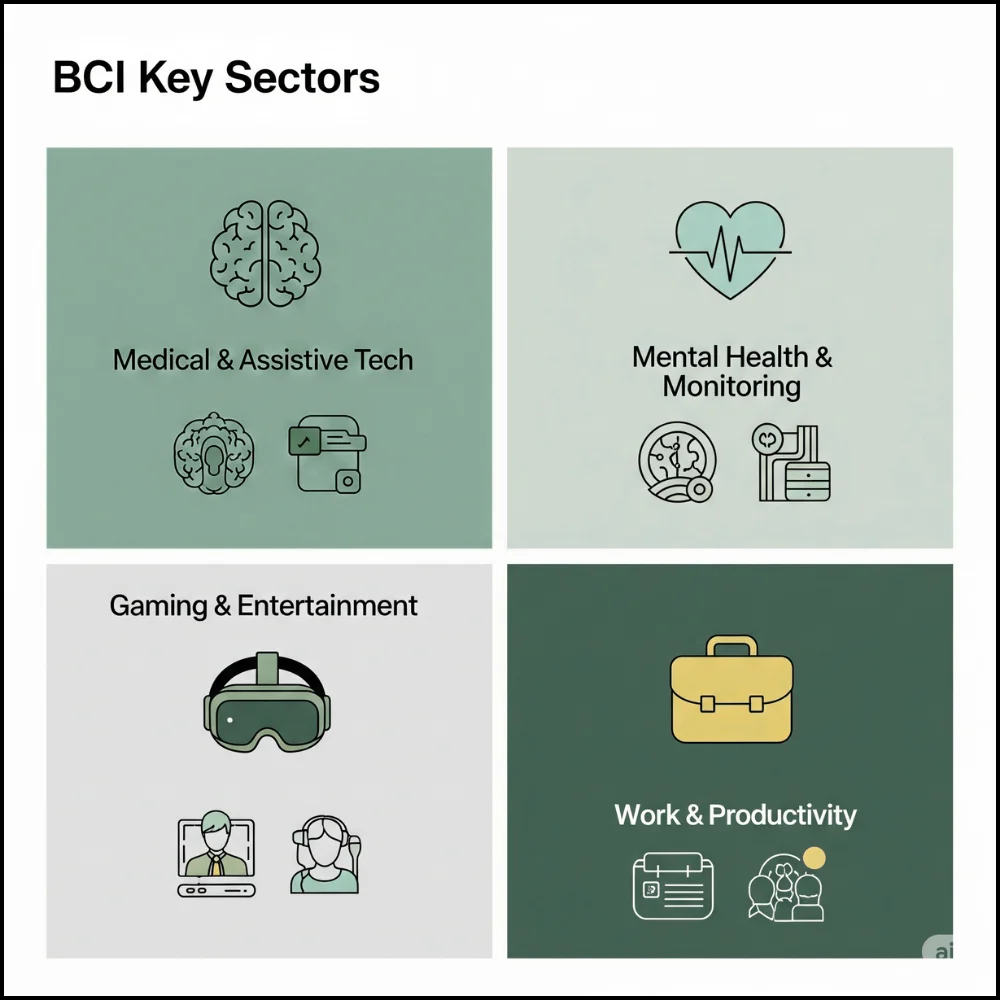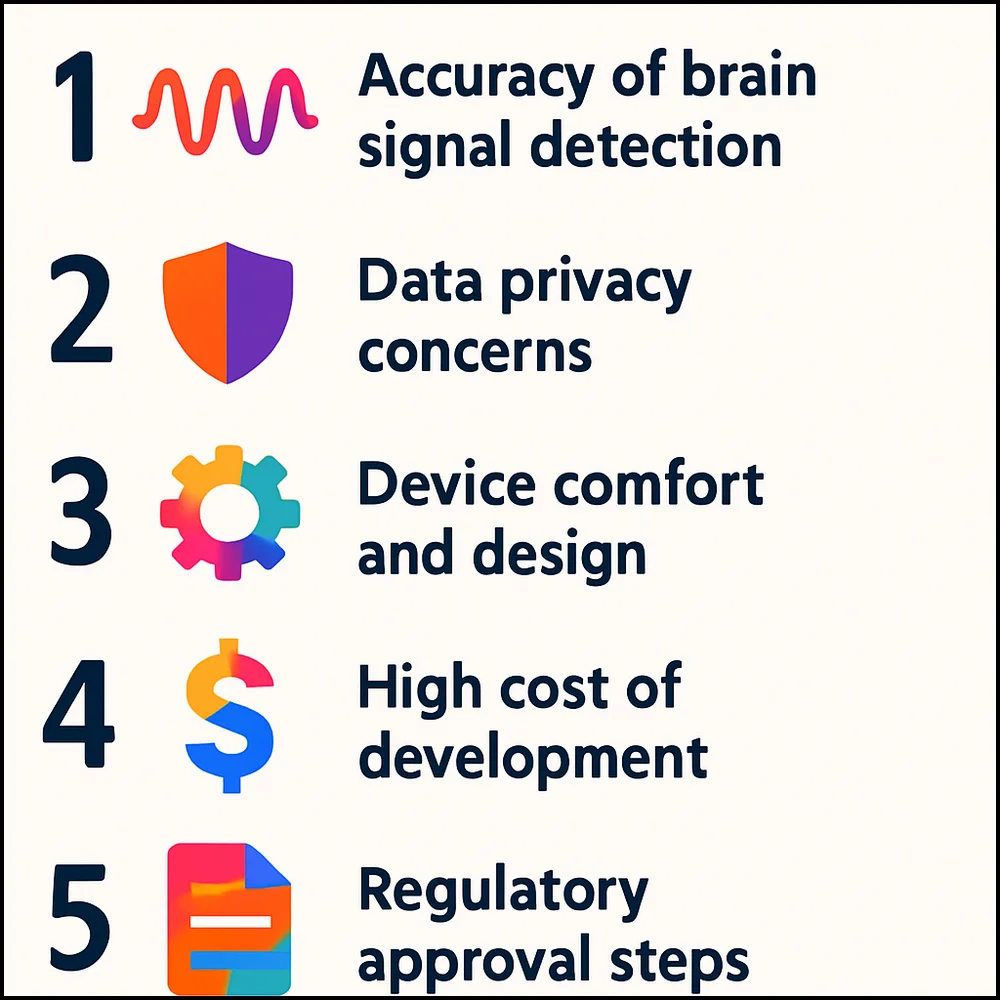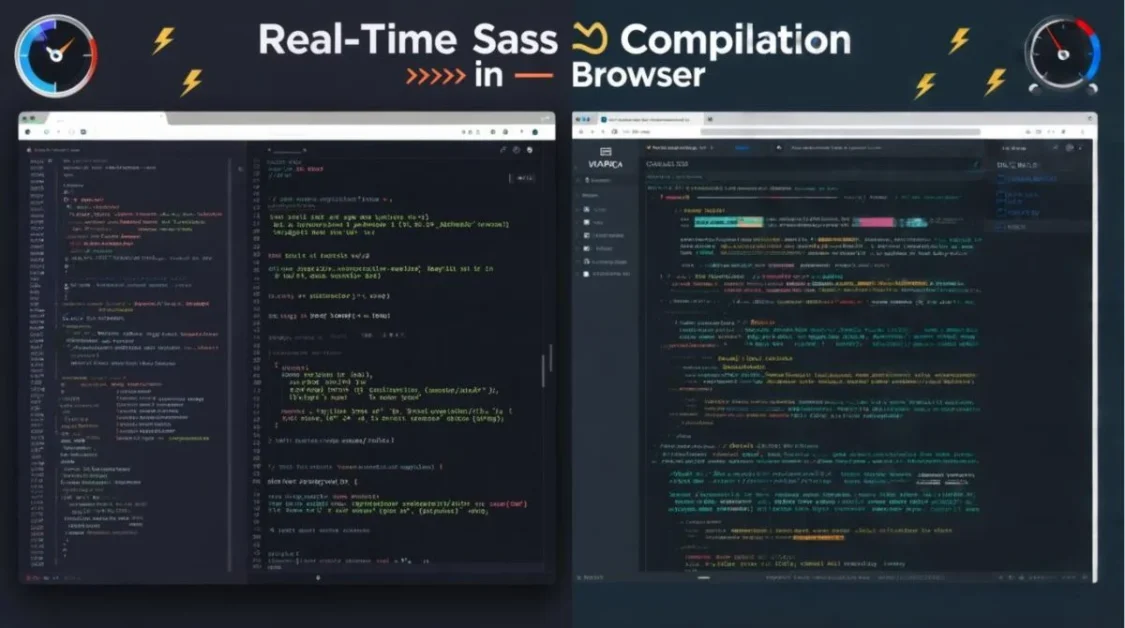The connection between the human brain and technology has always been a dream of scientists and futurists. Today, that dream is becoming real thanks to brain-computer interfaces (BCIs). These systems enable the brain to interact directly with a computer, creating a seamless channel for communication between mind and machine. What once seemed like science fiction is now being built in real labs by new startups around the world. In this article, we’ll explore how brain-computer interface startups are changing the way we think about communication, medicine, gaming, and even daily life.
What Is a Brain-Computer Interface?
A brain-computer interface is a system that lets the brain talk directly to a computer or machine, without needing to move your hands, speak, or type. It captures brain signals and translates them into commands that a computer can interpret and respond to. This is achieved using sensors positioned on the scalp (non-invasive), implanted within the brain (invasive), or through semi-invasive methods
BCIs have many uses. They can help people with disabilities move wheelchairs or type just by thinking. They can also be used to play games, control robots, or even help treat mental health issues. These possibilities are what attract so many startups to this exciting field.
Why Are Startups Interested in BCIs?
Startups love BCIs because:
- The technology is still new and full of opportunities
- A wide range of challenges exists, spanning from healthcare solutions to entertainment innovations
- Big investors and tech companies are watching this space closely
- The potential market is growing fast with medical, tech, and wellness uses
Startups have the agility to innovate quickly, test new concepts, and introduce original ideas. Many are working on lightweight, wearable headsets or advanced AI systems that decode brain signals more accurately.
Key Areas Where BCI Startups Are Making Progress

1. Medical and Assistive Technology
Startups are building BCIs to help people who cannot speak, move, or interact with the world due to injury or illness. This includes people with ALS, spinal cord injuries, or stroke.
- Some startups are helping paralyzed patients control robotic arms
- Others are working on tools to help people type messages using only their thoughts
- BCIs may also be used for early detection of brain disorders like epilepsy
2. Mental Health and Brain Monitoring
Startups are also looking at ways to track brain activity and improve mental health. These tools may help people manage stress, anxiety, or sleep problems.
- Wearable brain-computer interfaces can detect brainwave activity and provide real-time feedback to the user.
- Apps may suggest breathing exercises or music based on brain activity
- Some startups aim to detect depression or focus issues early
3. Gaming and Entertainment
Imagine playing a game where your mind is the controller. Startups are developing brain-powered games and VR tools that react to your thoughts.
- Players can move characters or objects using their minds
- Brain-sensing headbands are used for immersive VR experiences
- These tools offer more natural and exciting interaction
4. Work and Productivity
Some BCI startups are building tools that help people stay focused or switch tasks more smoothly by measuring brain activity at work.
- Monitor attention levels to reduce fatigue
- Switch between deep focus and creative modes
- Improve learning with personalized brain feedback
Notable Brain-Computer Interface Startups
Let’s take a closer look at some of the promising startups working on brain-computer technology.
1. Neuralink
Founded by Elon Musk, Neuralink is one of the most famous BCI startups. They’re working on a small device that can be implanted into the brain and connect wirelessly to computers. Their long-term vision is to assist individuals with brain injuries and, in the future, enable seamless integration between humans and artificial intelligence.
Key Features:
- Ultra-thin brain threads that record neural activity
- Robot-assisted surgery to implant the device
- Focus on medical applications and long-term AI integration
2. Kernel
Kernel is building non-invasive BCI devices that can monitor brain activity in real time. Their innovative headset, Kernel Flow, leverages light-based technology to observe brain function and measure blood flow. It is specifically developed for use in research, mental wellness, and enhancing cognitive performance.
Key Features:
- Portable brain imaging system
- Focus on brain health and peak performance
- No surgery required
3. NextMind (Acquired by Snap Inc.)
NextMind developed a wearable device that sits on the back of your head and translates brain signals into commands.It was one of the first devices that allowed users to control digital devices with their mind in real-time.
Key Features:
- Visual cortex-based control system
- Wearable, comfortable headset
- Use cases in gaming, AR/VR, and accessibility
4. OpenBCI
OpenBCI is creating open-source tools for brain-computer interfaces. Their products are used by researchers, developers, and hobbyists to explore brainwave data.
Key Features:
- Open hardware and software platform
- Compatible with headsets and EEG sensors
- Focus on accessibility and education
5. Emotiv
Emotiv designs easy-to-use, wireless EEG headsets aimed at research, cognitive training, and promoting mental well-being.Their systems are used in classrooms, labs, and even marketing studies.
Key Features:
- Lightweight, stylish EEG devices
- Brain training and mental state tracking
- Applications in education, research, and fitness
Challenges BCI Startups Still Face

Although BCI technology is improving, there are still many challenges that startups need to solve:
- Accuracy: Brain signals are complex and hard to read precisely
- Privacy: Brain data is personal and needs strong protection
- Comfort: Wearable devices must be easy and safe to use
- Cost: Many systems are expensive and not affordable for everyday users
- Regulation: Medical devices need approval before public use
Startups that can overcome these hurdles have a better chance of success.
What Makes a Good BCI Startup?
If you’re curious about BCI startups or thinking of investing, here are some things to look for:
- A strong team with expertise in neuroscience, software, and design
- A clear use case that solves a real-world problem
- Prioritizing safety and ethical practices in the development of both software and hardware components.
- A realistic timeline with steady progress
- The best startups keep users in mind and aim to improve lives not just chase hype.
Future of Brain-Computer Interfaces
The future of BCI is full of exciting possibilities:
- Helping people communicate without speaking or typing
- Enhancing learning by adjusting to your brain’s needs
- Playing games or controlling smart homes with your thoughts
- Detecting health problems before symptoms appear
- One day, even merging with AI to expand human intelligence
BCI may also play a role in helping people with memory loss or cognitive decline. By working with the brain directly, these technologies could improve quality of life in ways we can’t fully imagine yet.
How Can You Get Involved?
Even if you’re not a scientist or engineer, you can be part of the BCI revolution:
- Follow new BCI startups on platforms like LinkedIn or TechCrunch
- Support open-source projects like OpenBCI
- Join BCI forums to learn and share ideas
- Try consumer-level EEG headsets to explore your brain activity
- Watch TED Talks and interviews with BCI experts to stay updated
Final Thoughts
Brain-computer interface startups are bringing us closer to a future where the mind and machine work together. These young companies are pushing the limits of science and design to improve health, communication, and everyday life. As BCI technology continues to evolve, it holds the potential to reshape how we think, interact, and live. Whether you’re a tech lover, a student, or just curious, this is a space worth watching.



